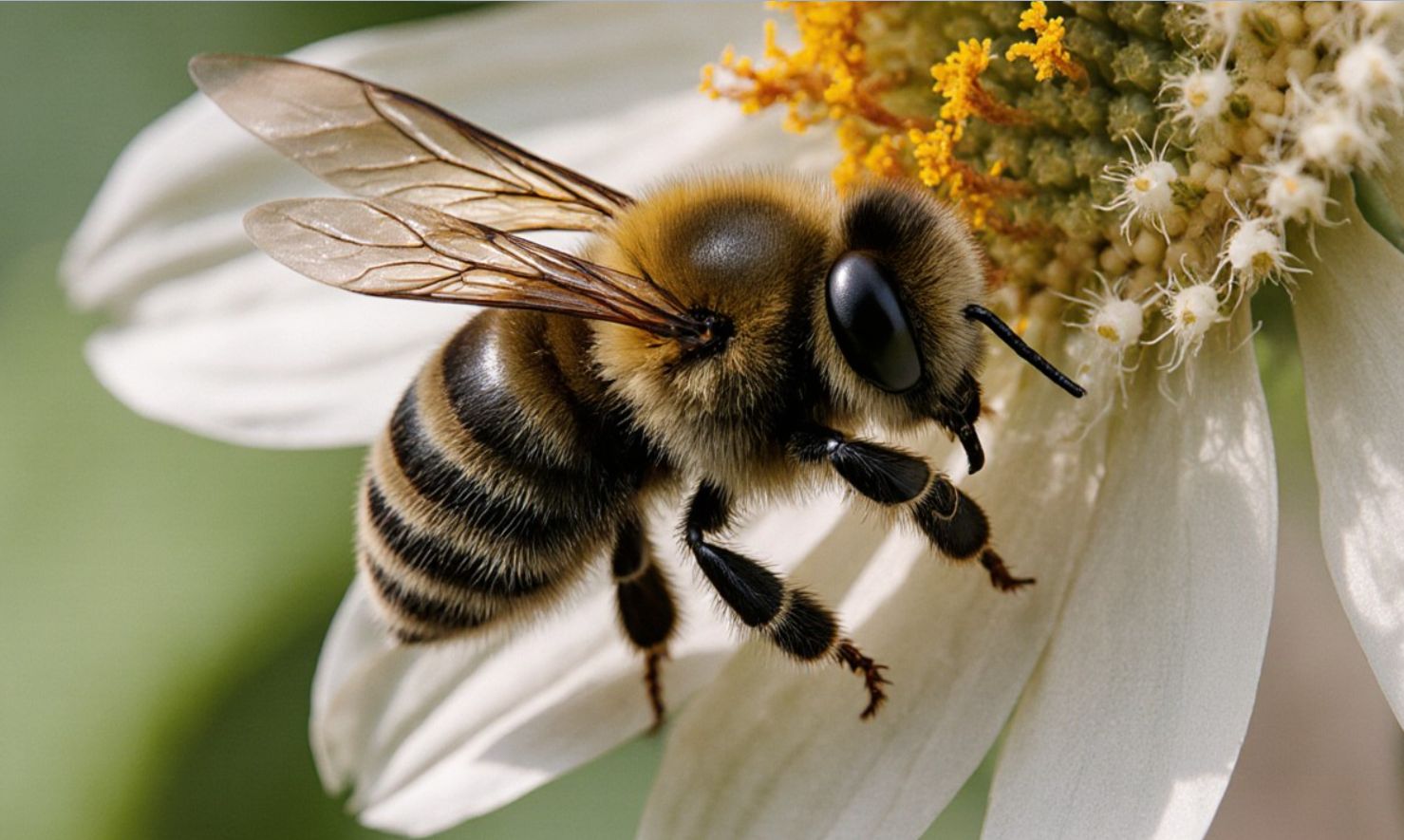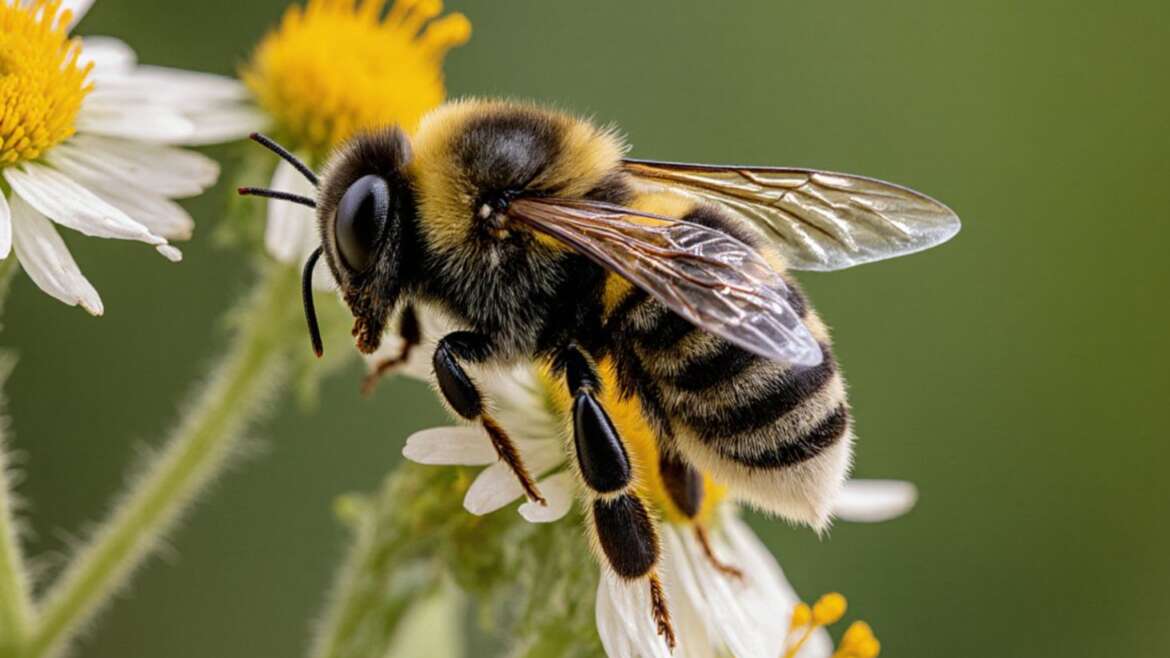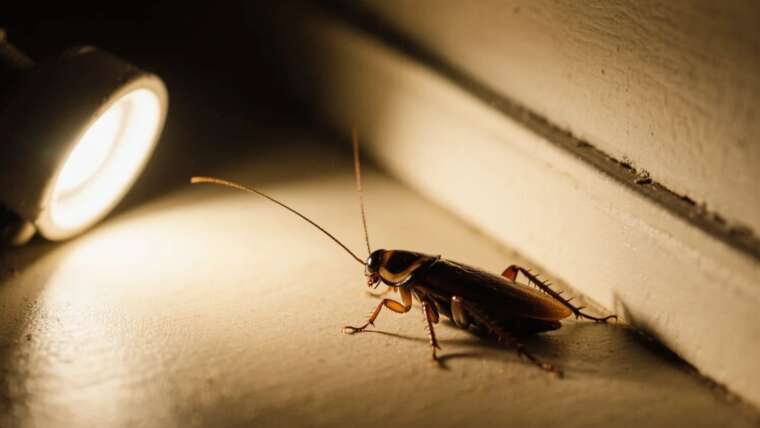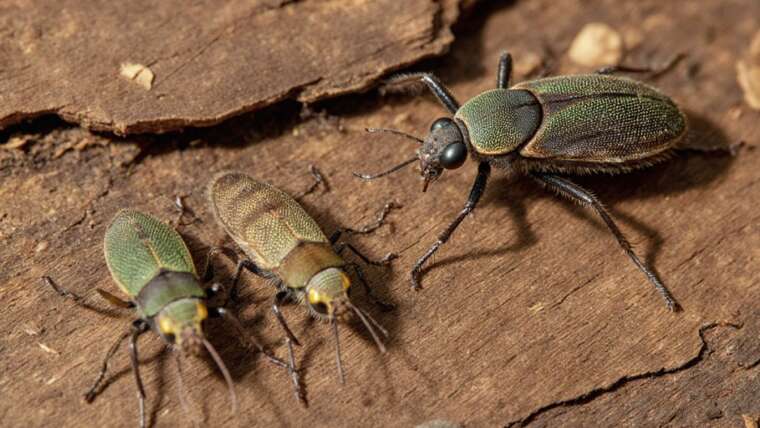As temperatures rise with the approach of summer, you may start to notice familiar yellow and black insects buzzing around your yard. These bees play a crucial role in our environment by pollinating a vast array of plants, which is essential for both natural ecosystems and agricultural productivity. However, their presence can also trigger anxiety, as they have the potential to deliver painful stings. This often leads people to flee at the sight of these insects. A common misconception is that bees die after stinging, but is this really true? And just how dangerous are bee stings? Read on for in-depth insights.
Which bees die after they sting?
Several types of bees may be spotted near your home, including honey bees, bumble bees, and carpenter bees. While all these bees have the capability to sting, they typically do so only when they feel threatened. This begs the question: “Do bees die after they sting?”
When it comes to bumble bees, many people wonder, “Do bumble bees die after they sting?” The answer is no. Unlike honey bees, bumble bees possess smooth stingers that enable them to sting multiple times without any fatal consequence. The same goes for carpenter bees, which also have smooth stingers. In fact, yellowjackets, wasps, and hornets, which are often mistakenly categorized as bees, can sting repeatedly without dying.
On the other hand, when it comes to honey bees, the situation is quite different. Yes, they do die after stinging. Honey bees have barbed stingers that become lodged in the skin of their target. When the bee tries to escape, it tears its abdomen, ultimately leading to its demise. Interestingly, even after the honey bee has flown away, its stinger continues to pump venom into the victim for several minutes, which is why prompt care is advised.

Here’s a quick summary of the stinging outcomes for various types of bees:
- Bumble bees: No
- Honey bees: Yes
- Killer bees: Yes
- Ground bees: No
- Carpenter bees: No
Tip: To differentiate between these bee types, observe their size and behavior; bumble bees are larger, fuzzy, and generally more docile compared to the slender and aggressive nature of honey bees.
Are bee stings dangerous?
For the vast majority of people, bee stings are merely a painful nuisance rather than a serious threat. People without allergies to bee venom can typically endure a significant number of stings—generally accepted to be up to 10 stings for every pound of body weight. In fact, most individuals could withstand around 1,000 stings without experiencing life-threatening complications. This information comes from the Merck Manual of Diagnosis and Therapy.
The pain associated with bee stings is chiefly attributed to a compound in their venom known as melittin, which actively stimulates pain receptors. Additionally, histamines are released in response to the sting, leading to swelling in the affected area. However, for individuals with allergies, bee stings can pose serious risks—including potential anaphylaxis—often manifesting within an hour of being stung. Signs of an allergic reaction can include difficulty in breathing, rapid swelling, and hives. In such cases, seeking immediate medical attention is vital.
Tip: Always carry an epinephrine auto-injector if you have a known bee allergy, and familiarize yourself with its usage in case of an emergency.
Tips for bee removal and sting prevention
Even if the answer to “Do bees die when they sting?” is known, most people would prefer these insects to maintain a safe distance. The best way to prevent stings is to observe these insects without interfering; it is advisable to keep your distance and avoid disturbing their nests. If bee activity around your home becomes concerning, don’t hesitate to contact a professional for assistance. Attempting to handle bees on your own can not only be dangerous but also lead to ineffective removal, putting you at greater risk for stings. Additionally, if an exit point from a hive is blocked, the bees may inadvertently find their way into your house.
To ensure safe bee removal, it’s best to consult a professional beekeeper who specializes in the relocation of bee swarms. You can reach out to the American Beekeeping Federation or the Apiary Inspectors of America to locate beekeeping professionals in your vicinity.
Alternatively, you can contact Terminix for expert bee control services. Our specialists are trained to handle stinging insects effectively, ensuring humane removal of nests and minimizing any risks to your family.
Tip: If you notice bees nesting close to your home, observe their flight patterns at different times of the day; this might help you identify peak activity times when you can avoid them more easily.




